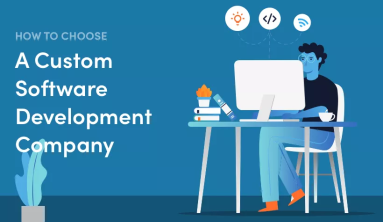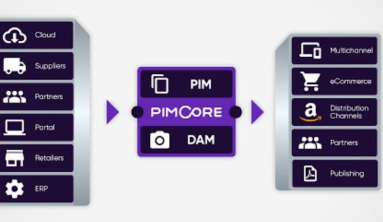Partnerships are a massive part of human society, and have been for centuries, based on the fact that we’re social animals and function better in teams. In business terms, partnerships have also been prevalent across different sectors where businesses leverage the capabilities of their partners to drive success that is shared mutually between them both. However, the IT industry seems to be reluctant to embrace partnerships in comparison to other sectors. Companies in this space tend to perceive program owners or solution providers as individual bodies that provide solutions to their clients. On the other hand, the modern business approach appreciates partnerships due to its fruitful results – better resources, wider expertise, high quality outcomes, increased client satisfaction and more.
A CIO or program lead can not be an expert in every field. Understanding how vast the IT industry is, there are subject matter experts of different technologies who possess more expertise, knowledge and skills than a CIO who does not specialize in that specific area. This can be understood from a perspective of a collective approach where there are different IT companies specializing in various fields. Businesses that are now looking to enter an IT partnership for the first time, to widen their expertise, skills, resources and vision, can consider some key tips to establish and nurture a productive partnership.
When is it the right time to develop a productive partnership?
Having a partner involved from the start of a project is usually more beneficial than involving one at a later stage. It is recommended to create a partnership at the very beginning for a wider understanding of the project and to find out whether the team is a good fit. This can help eliminate any risks of bad customer experience that may occur if a business takes on a project without sufficient knowledge resulting in unsatisfied clients. The right partner will provide greater expertise when tackling the problem and can suggest the most appropriate solution based on previous experiences.
It’s worth noting that a partner may not always be a vendor. There are a range of growing IT strategies and solutions that have demonstrated experience in the relevant marketplace but are not tied into a specific platform. However, there are some key elements that should be considered while selecting a partner whether it is a vendor or an advisor.
Factors to consider in a partnership
For businesses looking to strike up an IT partnership, it is crucial to ensure that potential partners are on the same page and are both working towards similar outcomes. Mutual visions lead to increased understanding, trust, and judgement throughout the project. Therefore, it is highly recommended for organizations to spend sufficient time when selecting their partner to understand their exact values, ideas, goals and ambitions. In order to accomplish this, it is recommended to physically visit potential partners, understand their culture and apply a human-to-human approach – whilst understanding that this is not a one-time project but an ongoing process to improve and build a solid relationship.
Applying a practical approach
Businesses must ensure the relevancy of the partner to the project by matching the usefulness of their skills, ideas, and experience to the client’s project. Establishing a partnership contrary to client needs will not only lead to customer dissatisfaction, but also to the overlooked understanding of the value of a partnership.
Partnerships are more than just a formal relationship. It must be reflected practically in the different levels of the programme team by promoting the exchange of ideas and open communication between the teams from both sides. This approach promotes a collaborative team effort rather than a ‘master-slave’ relationship. Unlike the command-and-control model, working in a partnership can drive better outcomes. A partnership that takes a practical approach is capable of navigating greater solutions.
Partnerships should be considered a long term process which can spark new challenges. Initiating the process at the right time with an appropriate mindset is a great way to overcome these challenges.
Driving sustainability through digital innovation, people transformation and sector collaboration
Measurement is essential
Measuring success is a fundamental element in any business to keep track of the changes in the performance of the company and gain insights about the factors behind those changes. One of the appropriate methods of measurement is NPS (Net Promoter Score) – a metric that is used to measure loyalty of the organization’s customers. The usual business outcomes are to reduce costs and maximize profits, however the strategies to achieve them can be different from business to business. By leveraging each other’s strategies, partners can strengthen their approach towards mutual success.
After all, IT is not a cure for businesses but an ongoing process and investment to improve. In this rapidly transforming digital era, it becomes increasingly important to include specialists from specific fields to provide seamless customer experience. Partnerships in this sense can serve to be a great facilitator of delivering high quality results, creating customer satisfaction in the long run.
Written by Jarosław Granat, head of client engagement at Future Processing






